Category: Scriptures
-
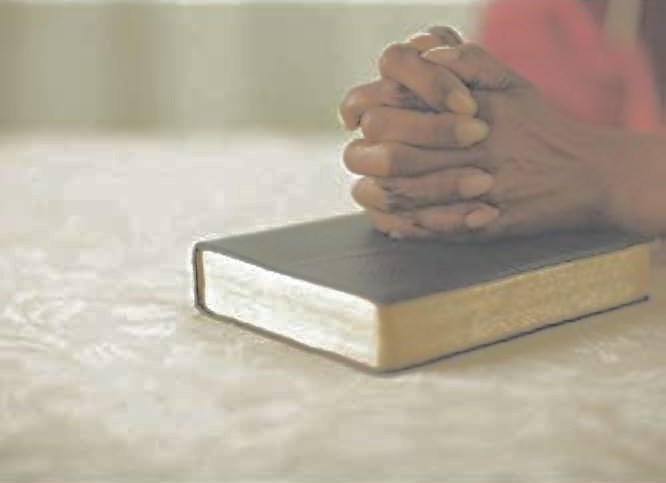
CFM 2/3-2/9: Poetry for “This Is the Spirit of Revelation”
The restoration of the gospel can be seen as having two different aspects: the personal and the communitarian. While the First Vision is seen as indicating which Church to join, it is also a personal interaction between a 14-year-old boy and his God. Subsequent events in the restoration can also be seen in the same…
-
Textual changes in Joseph Smith—History
My big project for the year associated with Come, Follow Me is working on an annotated Doctrine and Covenants and closely related content. For this part of the project, I am going through the assigned reading each week and comparing every major edition of the text that I can find (including those available through the Joseph…
-
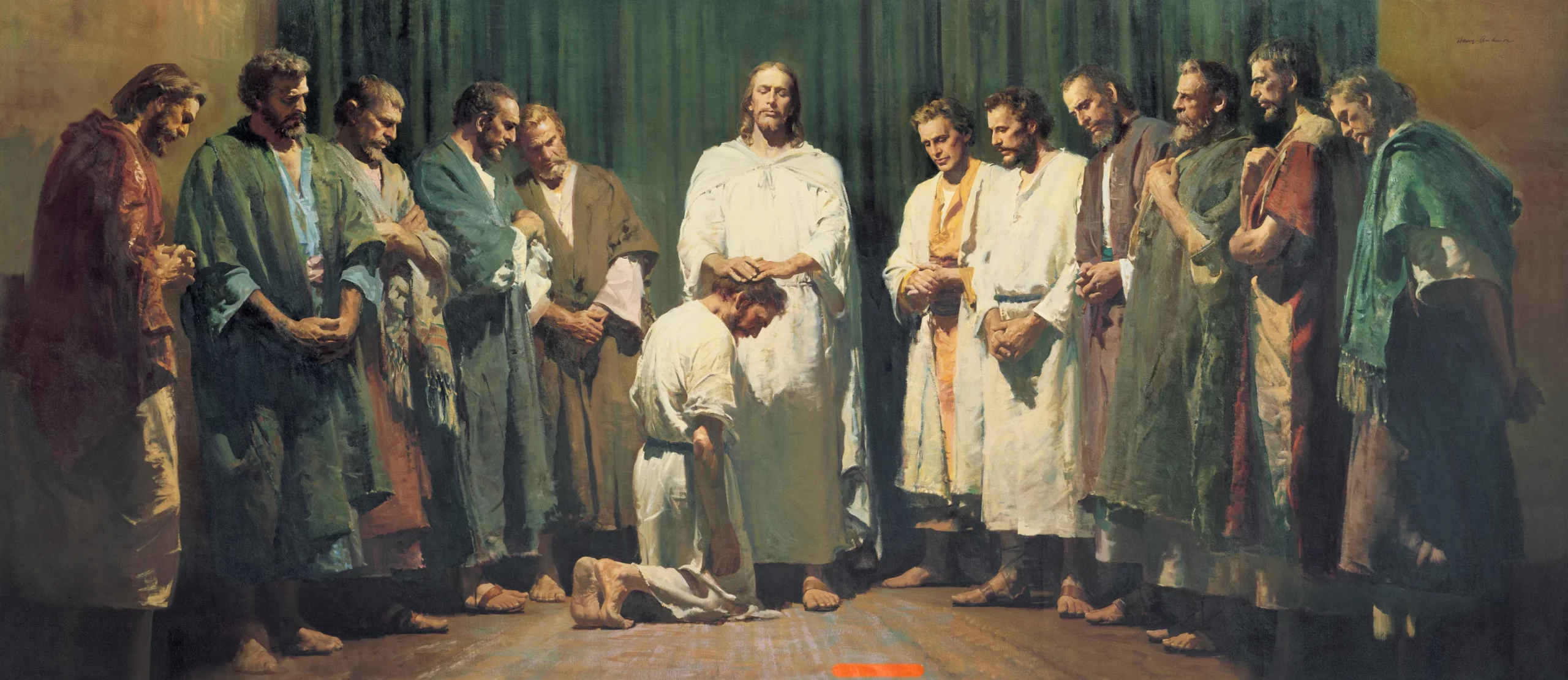
Early Christians, Female Ordination, “The Same Organization That Existed in the Primitive Church,” and Current Offices
The 6th Article of Faith can be interpreted along a continuum. On one extreme you might have a super strict interpretation that holds that Jesus had deacons, teachers, priests, and elders quorums, the whole bit, and on the other side, which I’m more partial to, is that Article of Faith 6 is true in a…
-

Jesus Christ as a Literary Subject
The Ascension Lately I’ve dipped into literary depictions of the Savior’s life. Unsurprisingly given the subject matter, historically responses to literary depictions of the Savior have been quite polarizing, and sometimes controversial. For example, evidently The Man Born to Be King, an early, relatively milquetoast (by today’s standards) radio depiction of the Savior’s life, was…
-
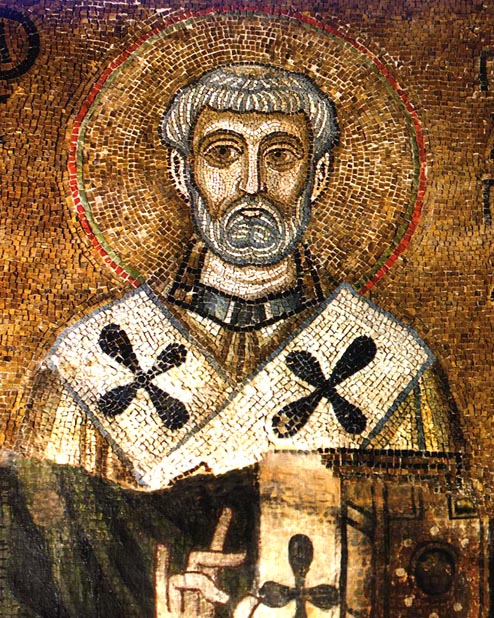
The Restored Gospel, the Great Apostasy, and St. Clement
I finally got around to reading the Epistle of 1st Clement. Written by Clement of Rome (or, as bishop of Rome, Pope Clement I if you’re Catholic), 1st Clement represents one of the earliest if not the earliest authentic Christian document after the apostles. There has been a lot of back-and-forth about the nature of…
-
Monogamy is the Rule, Part 2: Celestial Marriage and Plural Marriage
The process of coming to understand how sealing created kinship networks was complicated, however, and became intertwined with the development of plural marriage in The Church of Jesus Christ of Latter-day Saints. Because of this, it is sometimes difficult to disentangle sealings (and their promised blessings) from plural marriage, even though monogamous marriages are the…
-
Rational belief in Book of Mormon historicity II: A historicist reading and reconstruction of 1 Nephi-Enos
Approaching the Book of Mormon as a historical text helps make sense of aspects of the book that an exclusive focus on the text as a work of fiction or on its nineteenth-century context overlooks. Several of these aspects relate to the opening books, from 1 Nephi to Enos. One aim of these books is…
-
On Overreliance on Specific Bible Translations
One aspect of Islam that I appreciate is their approach to translation of scriptures. You see, the Quran is considered a sacred text that was originally revealed in Arabic, and translations into other languages are often called “interpretations”. This is because Muslims believe that the Quran’s sacred character is unique to the Arabic language, and…
-
Book Review: To Stop a Slaughter: Just War and the Book of Mormon by Morgan Deane
Among “amateur” LDS scholars (however you want to define that), Morgan Deane is, in my estimation, unfairly overlooked. While his specialty – military history – is something of a niche (though it shouldn’t be), it readily works with the Book of Mormon, especially with the accounts of wars. Part of the issue, methinks, is that…
-
Historical Narratives and the Pharisees
Growing up in the Church, I repeatedly heard stories where missionaries encountered people who had been reading anti-Mormon literature and told them that “you wouldn’t decide on which car to buy by reading only the stuff put out by a company’s competitors – you would also read what the company that produced the car has…
-

Why the King James Version is the Best Bible Translation
As a TBM there are a surprising number of issues dealing with religion where I have some agreement with Richard Dawkins, and one of them is that the King James Version is the best version of the Bible. When I say “best,” I don’t mean “most accurately conveys the oldest documents.” I know there are…
-
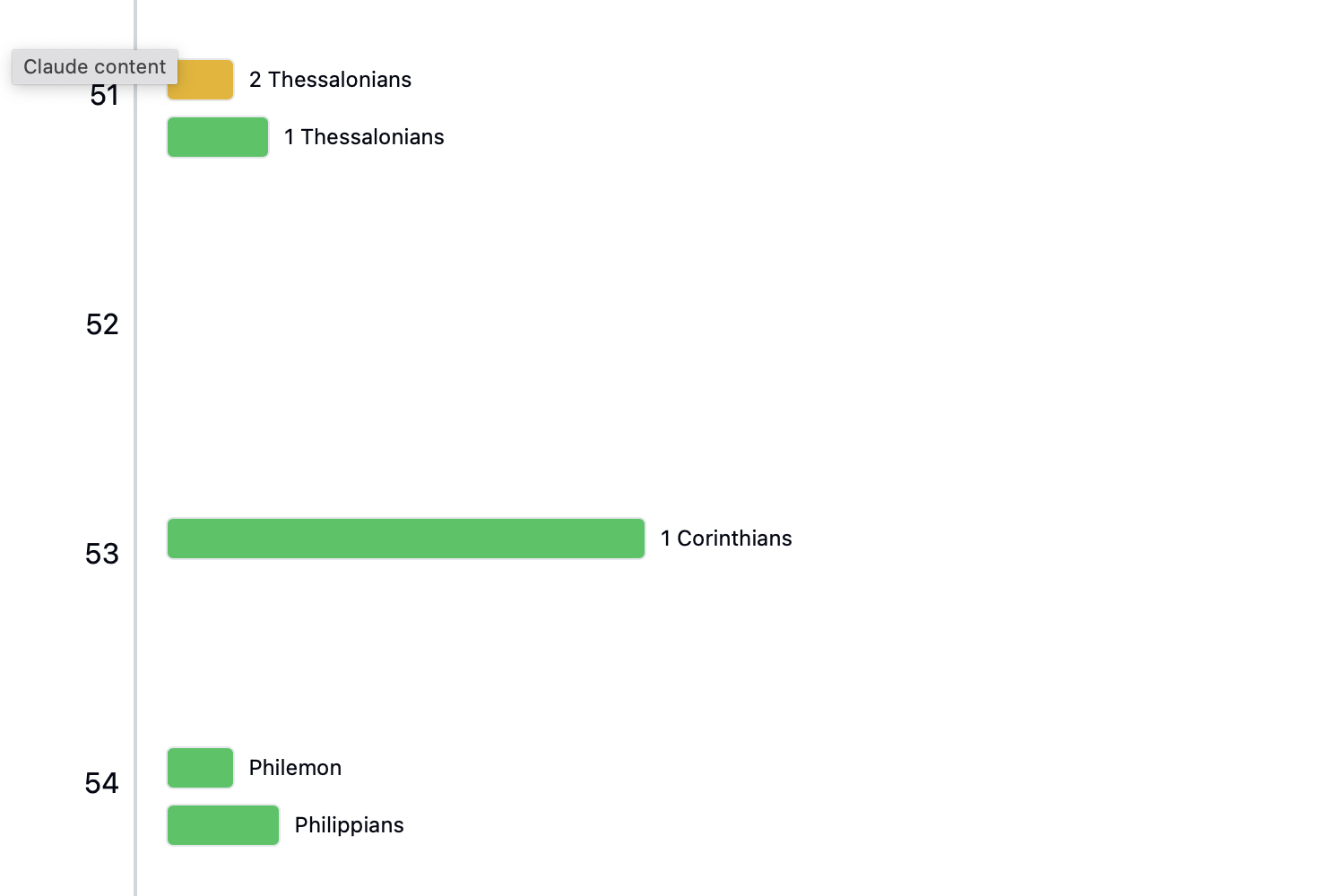
Data Visualization of New Testament Books by Size, Time Since Christ, and Authenticity
A part of the graph, the link below has the whole thing. Of the big AI players, Anthropic’s Claude is quite good at making diagrams, so I used it to generate an infographic I’ve always wanted to see, something that conveys in one visual how far away from Christ a book in the NT was…
-
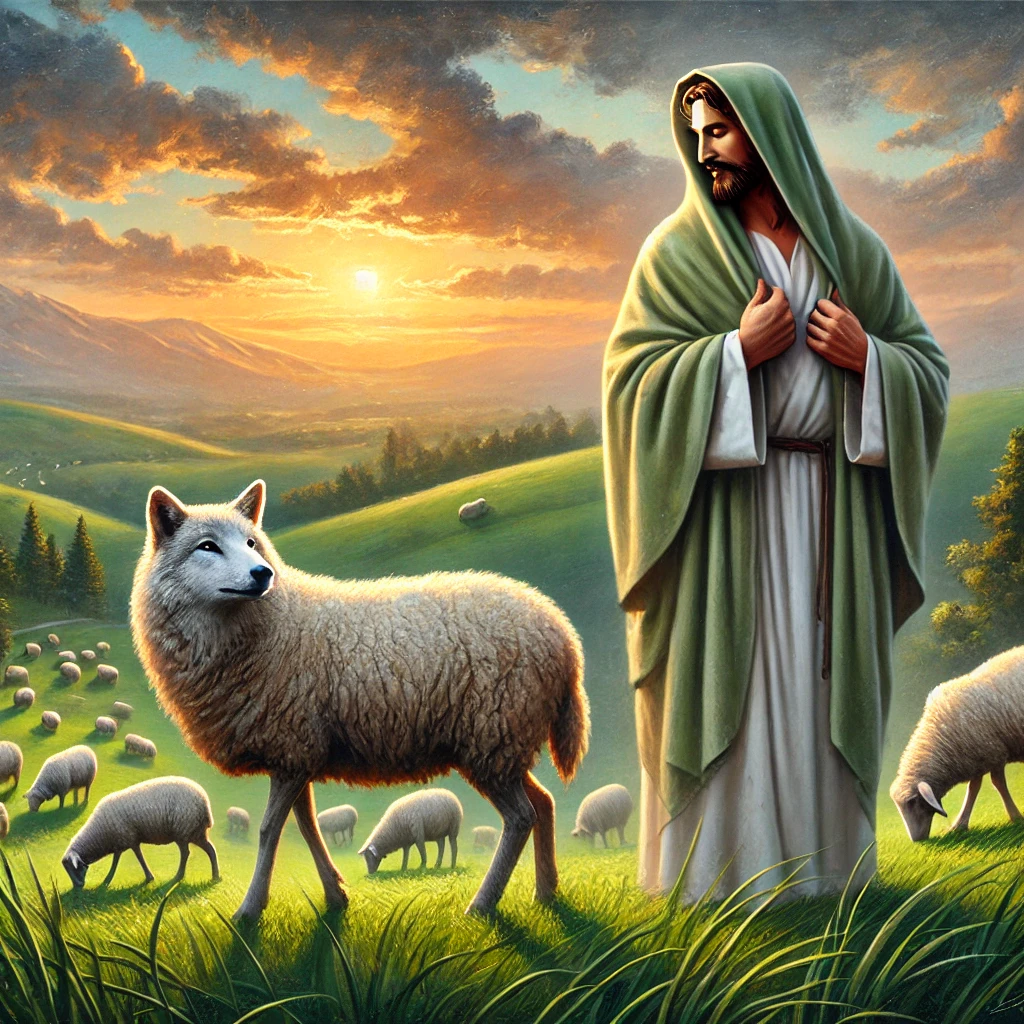
Misuse of the “Lost Sheep” Parable
People often misuse the Parable of the Lost Sheep, where the Lord leaves the 99 to go after the 1, and draw analogies and connections that don’t make a lot of sense given the premises of the Parable, so I thought I’d make a set of guidelines for logically using the Parable. Note: I have…
-

All Indians Today Descend From Lehi
As the children of Lehi and Sariah intermarried with first Ishamel’s offspring and then their children intermixed with the natives of the Americas, what has been the result genetically after 2,600 years? Are the American Indians encountered by the Europeans in 1492 and beyond also descendants of Lehi and Sariah?
-
Michael Austin on the Book of Mormon
A fascinating read that was recently published is Michael Austin’s The Testimony of Two Nations. I’ve already done a review of the book, but wanted to highlight a recent interview that Michael Austin did at the Latter-day history blog From the Desk that shared some interesting insights from the book. What follows here is a…
-
You Might Be a Pharisee if…
The Pharisees get a bad reputation from their portrayal in the gospels, but it probably isn’t deserved. Jewish scholar Amy-Jill Levine recently discussed why that is likely to be the case that we are guilty of misunderstanding the Pharisees in a recent interview at the Latter-day Saint history blog From the Desk. What follows here…
-
Theology in Alma
Just in time for us to study Alma in “Come, Follow Me,” the Latter-day Saint history blog From the Desk published an interview with Kylie Nielson Turley about theology in Alma. Kylie Nielson Turley wrote the Maxwell Institute’s brief theological introduction to the first half of the Book of Alma and has a lot of…
-
Joseph Smith’s Uncanonized Revelations
I don’t think it’s a secret that I have an ongoing fascination with the Doctrine and Covenants. I am, after all, publishing a book about it this winter and (as my Mexican Mission Hymns project is coming to a close), I’m beginning work on an annotated edition of the Doctrine and Covenants. But that fascination…
-
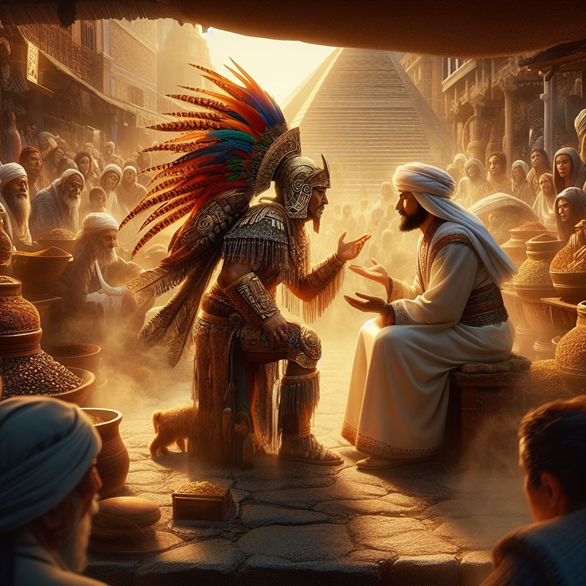
Sherem the Native American
Despite keeping the name-title of the Nephite founder in their royal name, the outsized positive influence of that prophet-king and founder of the Nephites was clearly quickly missed. “The people of Nephi, under the reign of the second king, began to grow hard in their hearts, and indulge themselves somewhat in wicked practices,” Jacob lamented…
-

Nephite Succession Crisis
It was a coup (or divine providence) that Nephi and his brothers Jacob and Joseph were able to assert themselves as religious leaders in this new land, spiritually guiding thousands who were already in the Americas. Emerging as the political leaders of this large, mostly non-Jewish People of Nephi was trickier. Nephi’s inspired leadership, however,…
-

“All Those Who Would Go with Me”
As the Lehites increasingly mingled with the locals, there eventually arose a division, accelerated upon the death of their patriarch Lehi. Part of Lehi’s family (led by Laman) was attracted to a hunting and gathering lifestyle. Likely, this way of life was common among the Native Americans they were interacting with in the Land of…
-
Septuagint
When Jesus and the early Christians talked about the scriptures, they were using a version that is different from the manuscript basis of most English translations, including the King James Version that is so often used in Latter-day Saint circles. In a Hellenistic world, they relied on the Septuagint—a Greek translation of the Tanakh (Old…
-
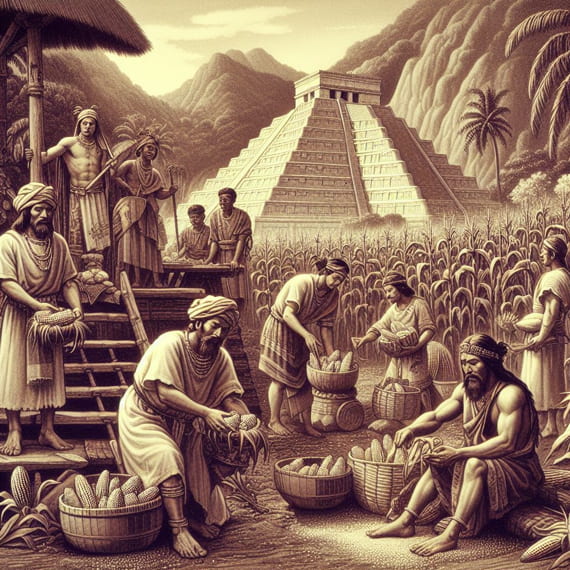
Lehi’s Thanksgiving
I envision Lehi and his family encountering some curious native villagers near their initial landing beach in the Promised Land. I can imagine that the first Native Americans to see these strangers from the Middle East sailing to their shores in a vessel larger than any canoe may have viewed them as gods. From Christopher…
-
The Tribes that Greeted the Lehites
As we read the Book of Mormon, we will better appreciate its authenticity if we see its stories in the context of the Nephites and Lamanites continuously bumping up against Native American tribes who were already in the Americas. The Promised Land was not an empty land, as many throughout Church history sometimes imagined. In…
-
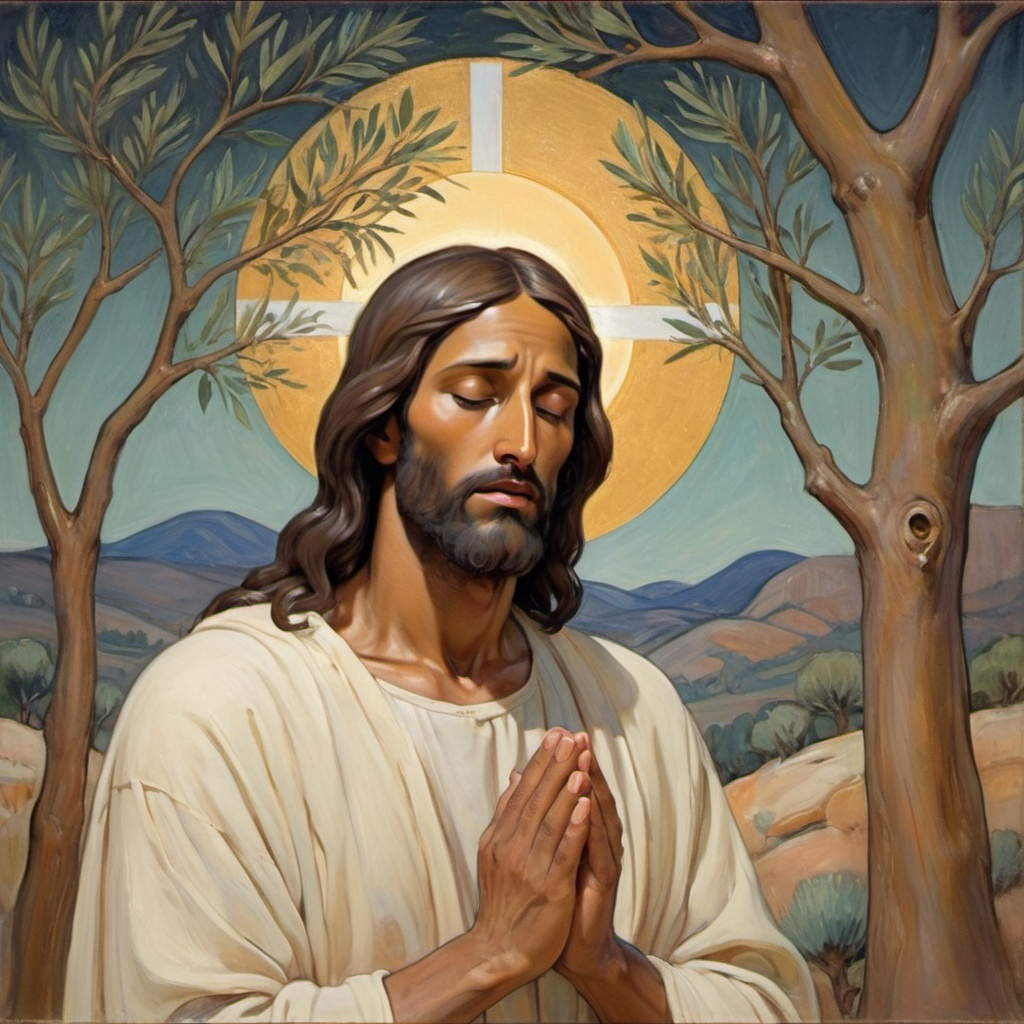
Atonement in the Book of Mormon
The Atonement of Jesus Christ is central to our faith and also central to the message of the Book of Mormon. What exactly, however, does the Book of Mormon say about the Atonement of Jesus Christ? In a recent interview at the Latter-day Saint history blog From the Desk, Nick Frederick discussed Atonement in the…
-
National Treasure – Israel Style
We read in the Hebrew Bible that King Nebuchadnezzar of Babylon came to Jerusalem and “carried off all the treasures of the house of the Lord and the treasures of the king’s house” (2 Kings 24:13). The question of what happened to those treasures afterwards has been a subject of fascination ever since. In a…
-
Missions and memory
People keep asking me for proof that the irritating tics in Mormon writing I’ve mentioned actually exist. In that respect, Taylor Kerby’s post over at BCC is useful in a couple of ways.
-
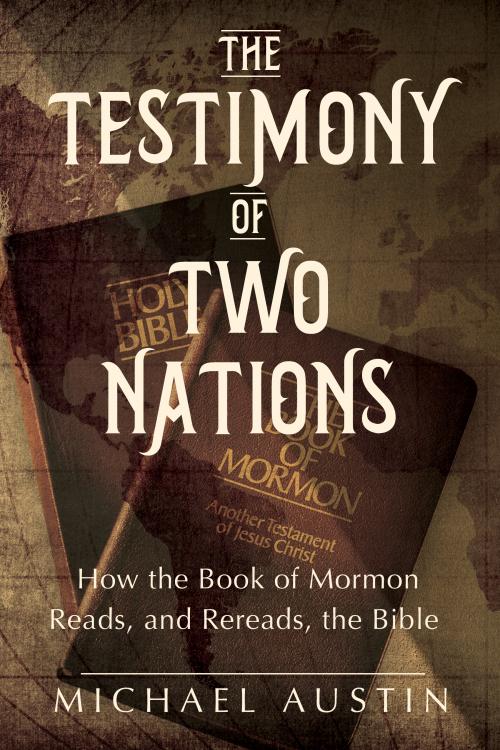
The Testimony of Two Nations: A Review
The Testimony of Two Nations: How the Book of Mormon Reads, and Rereads, the Bible by Michael Austin (University of Illinois Press, 2024) is a delightful and insightful venture into the ways in which the Book of Mormon interacts with the Bible.
-
“I Am” Statements of Jesus in the Book of Mormon
When Moses was called by YHWH, he asked the Lord, “when I come unto the children of Israel, and shall say unto them, The God of your fathers hath sent me unto you; and they shall say to me, What is his name? what shall I say unto them?” In response, YHWH said, “I Am…
-
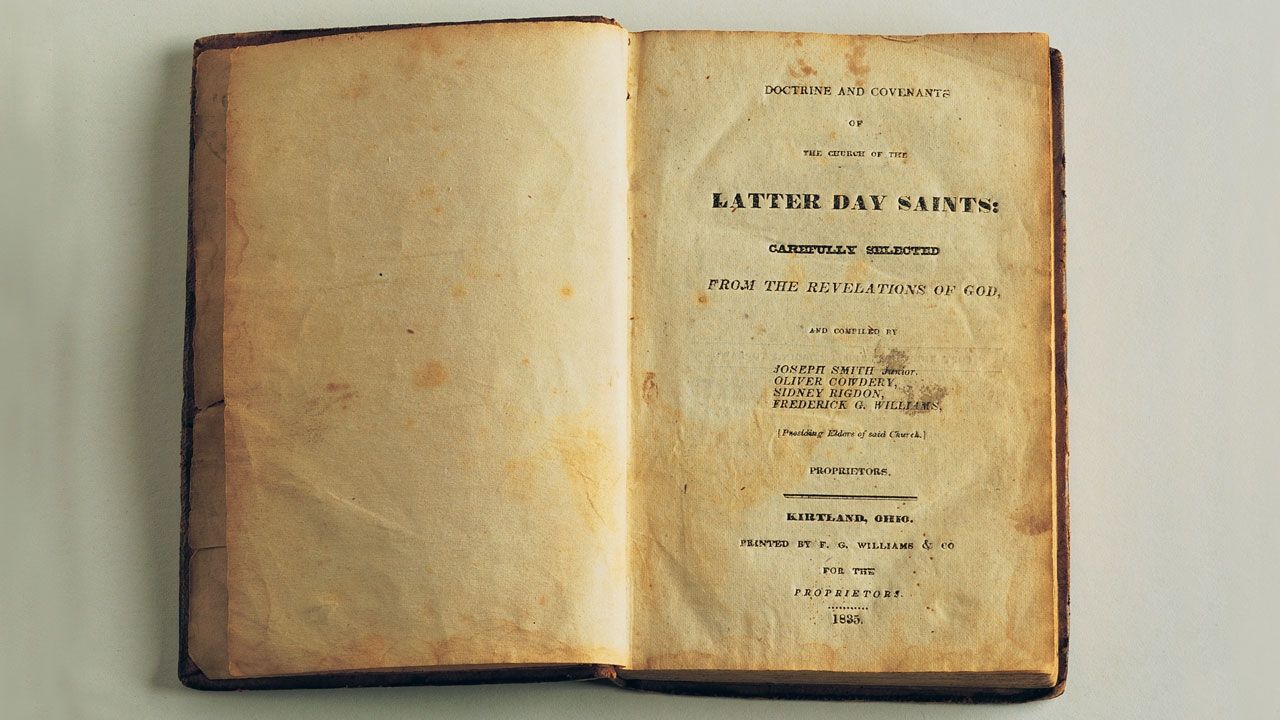
A Book Announcement
I’m excited to announce that I have a book about the Doctrine and Covenants that is scheduled to be published by By Common Consent Press this December!
